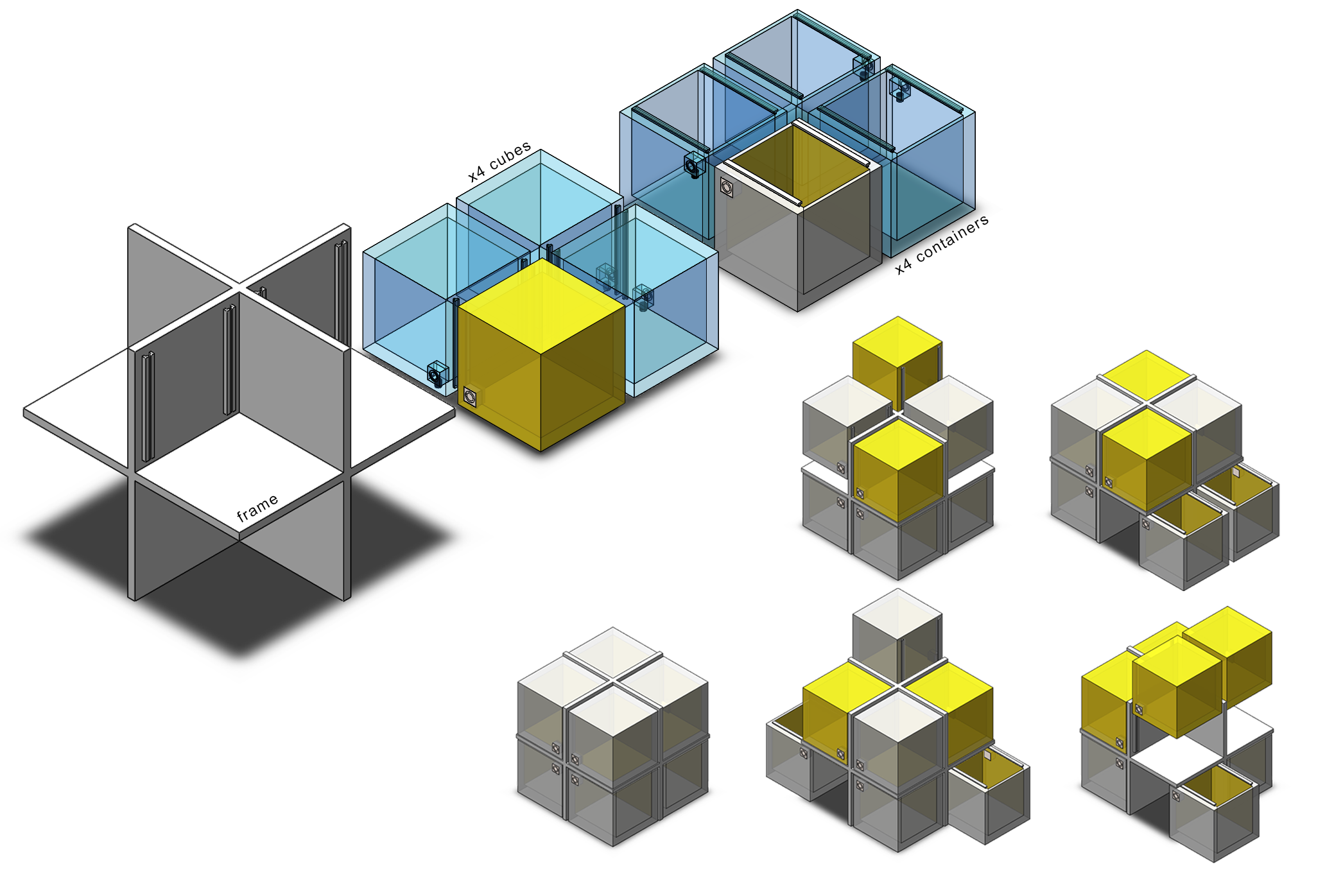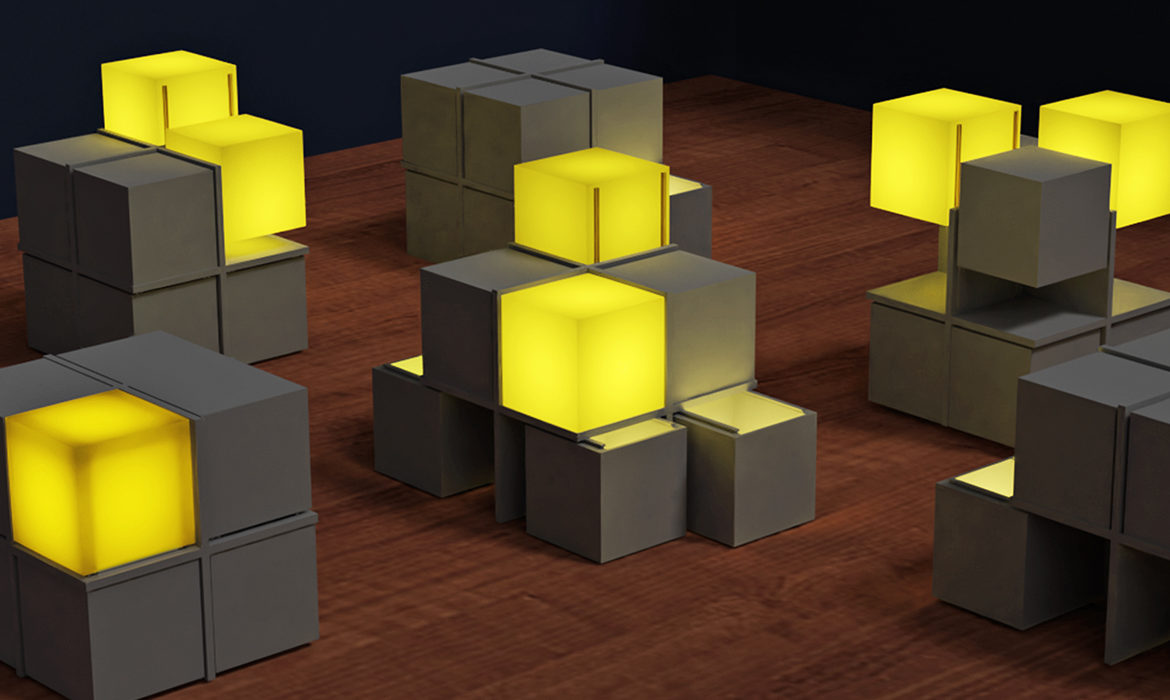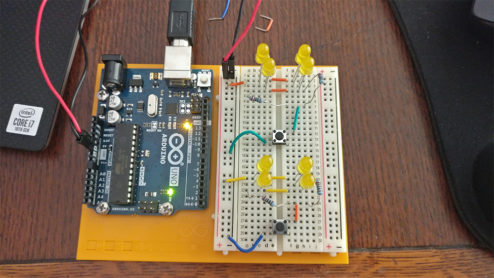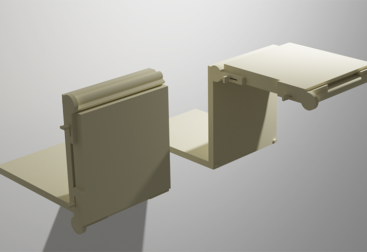A children’s desk tidy and night light with adjustable components
During my Introduction to Product Design short course at Central Saint Martins, I learnt the fundamentals of design driven by form, context and function. The brief of this short project was to ideate a lighting featured based on the primary questions: who, where, when and what? This is particularly useful when you have a general idea of your product but not of who your user is.
By creating a matrix, several different combinations of who, where, when can be formed which results in a ‘what’ that suits the context. The next step in the process was to think of form and function. I came up with a dual-function light/desk tidy for children with moveable mechanical components. The light was designed such that it could be placed on a desk or shelf and used during study/reading or at night.





Inside the top boxes is a 3D LED array structure connected in a series and parallel combination and operated by a touch switch which is present on the exterior. The bottom boxes (storage containers) are also individually operated by a touch switch which controls a flat LED array (also connected in a series and parallel array) in the base panel. Each box can be adjusted manually and operated separately.
Basic circuit: separate sets of LEDs combined in series and parallel arrays are individually controlled by a switch. Here, each set of 4 LED arrays represents the circuit of one light box.








